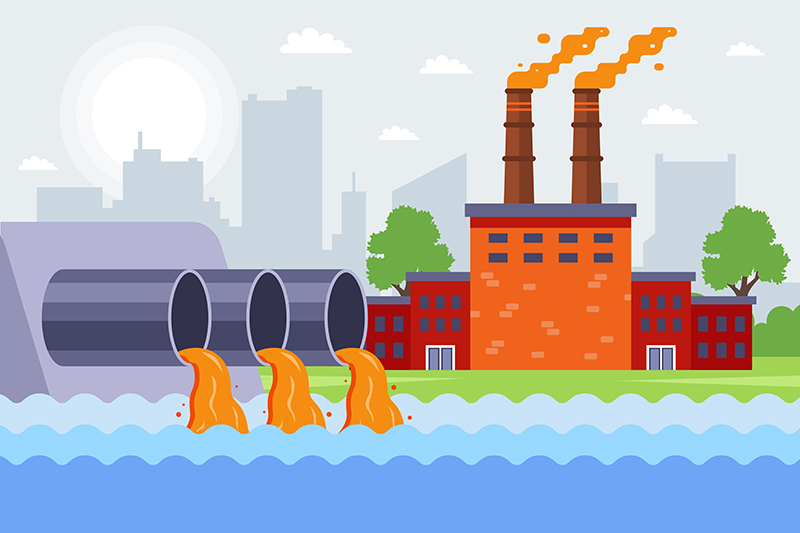flocculation in water purification
Flocculation in Water Purification An Essential Process for Clean Water
Water is an essential resource for life, and with the growing population and increasing industrial activities, the demand for clean and safe drinking water is more critical than ever. One of the key processes involved in water purification is flocculation. This process plays a pivotal role in ensuring that our water is free from harmful contaminants, thus safeguarding public health.
What is Flocculation?
Flocculation is a water treatment process that involves the aggregation of particles suspended in water into larger clusters known as flocs. These flocs can then be easily removed from the water through sedimentation or filtration. The process typically follows coagulation, where coagulants (chemical substances) are added to destabilize the suspended particles, promoting the formation of larger aggregates. Common coagulants include aluminum sulfate (alum) and iron(III) salts.
The Flocculation Process
The flocculation process consists of three main stages coagulation, floc formation, and floc removal.
1. Coagulation Initially, coagulants are introduced into the water. These chemicals neutralize the charges on suspended particles, allowing them to come together.
2. Floc Formation After coagulation, the water is agitated gently to encourage the newly formed particles to collide and adhere to one another, resulting in larger floc aggregates. This stage is critical as it determines the efficiency of the flocculation process.
3. Floc Removal Once the flocs are formed, they can be removed either through sedimentation or filtration. Sedimentation involves allowing the heavy flocs to settle at the bottom of a tank, while filtration can be used to trap these flocs in a physical barrier.
Importance of Flocculation in Water Purification
flocculation in water purification

Flocculation is vital for several reasons
1. Reduction of Turbidity One of the primary benefits of flocculation is its effectiveness in reducing water turbidity. Turbid water, filled with suspended particles, appears cloudy and is often unsafe for consumption. Flocculation helps clarify the water by removing these particles.
2. Removal of Pathogens Many harmful microorganisms and pathogens can be found in untreated water sources. By facilitating floc formation and removal, flocculation can significantly reduce the number of bacteria and viruses in drinking water.
3. Enhanced Filtration The presence of larger flocs allows for improved filtration efficiency. Smaller particles that might pass through a filter can be captured if they are part of a larger floc.
4. Cost-Effective Flocculation is a cost-effective method in large-scale water treatment facilities. By using a relatively small amount of coagulants, significant improvements can be made in water quality.
Challenges and Considerations
Despite its advantages, the flocculation process has its challenges. The selection of appropriate coagulants is critical, as different water sources may respond differently to various chemicals. Additionally, the optimal conditions for flocculation, such as pH, temperature, and mixing speed, must be carefully controlled to achieve maximum efficiency.
Moreover, the disposal of sludge generated during flocculation poses an environmental challenge. As flocculation removes contaminants, it also produces solid waste that needs proper management. Therefore, advancements in flocculation technology and treatment options are constantly being explored to minimize environmental impacts.
Conclusion
Flocculation is an integral component of the water purification process, ensuring that our drinking water is safe and clean. By effectively removing suspended particles and pathogens, flocculation contributes significantly to public health and environmental sustainability. As water scarcity continues to become a pressing global issue, optimizing flocculation processes and developing innovative solutions will be key to providing safe drinking water for future generations. The importance of this process cannot be overstated, and it stands as a testament to the advancements made in the field of water treatment.
-
Premium Isothiazolinones | Broad-Spectrum Biocidal SolutionsNewsAug.28,2025
-
LK-319 Special Scale And Corrosion Inhibitor For Steel Plants: Advanced Solutions for Industrial Water SystemsNewsAug.22,2025
-
Flocculant Water Treatment: Essential Chemical Solutions for Purification ProcessesNewsAug.22,2025
-
Isothiazolinones: Versatile Microbial Control Agents for Industrial and Consumer ApplicationsNewsAug.22,2025
-
Scale Inhibitor: Key Solutions for Water System Scale PreventionNewsAug.22,2025
-
Organophosphonates: Versatile Scale Inhibitors for Industrial Water SystemsNewsAug.22,2025





